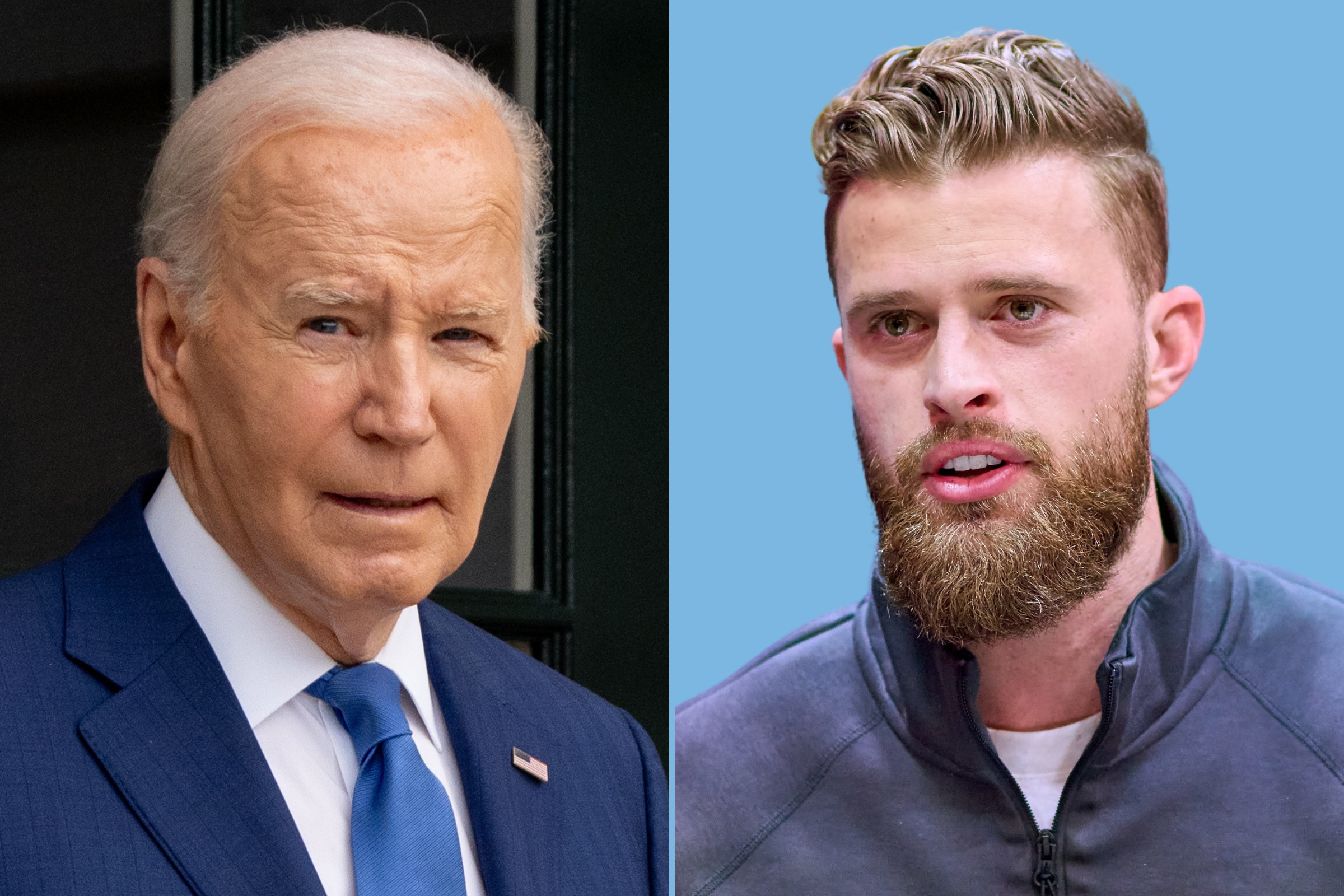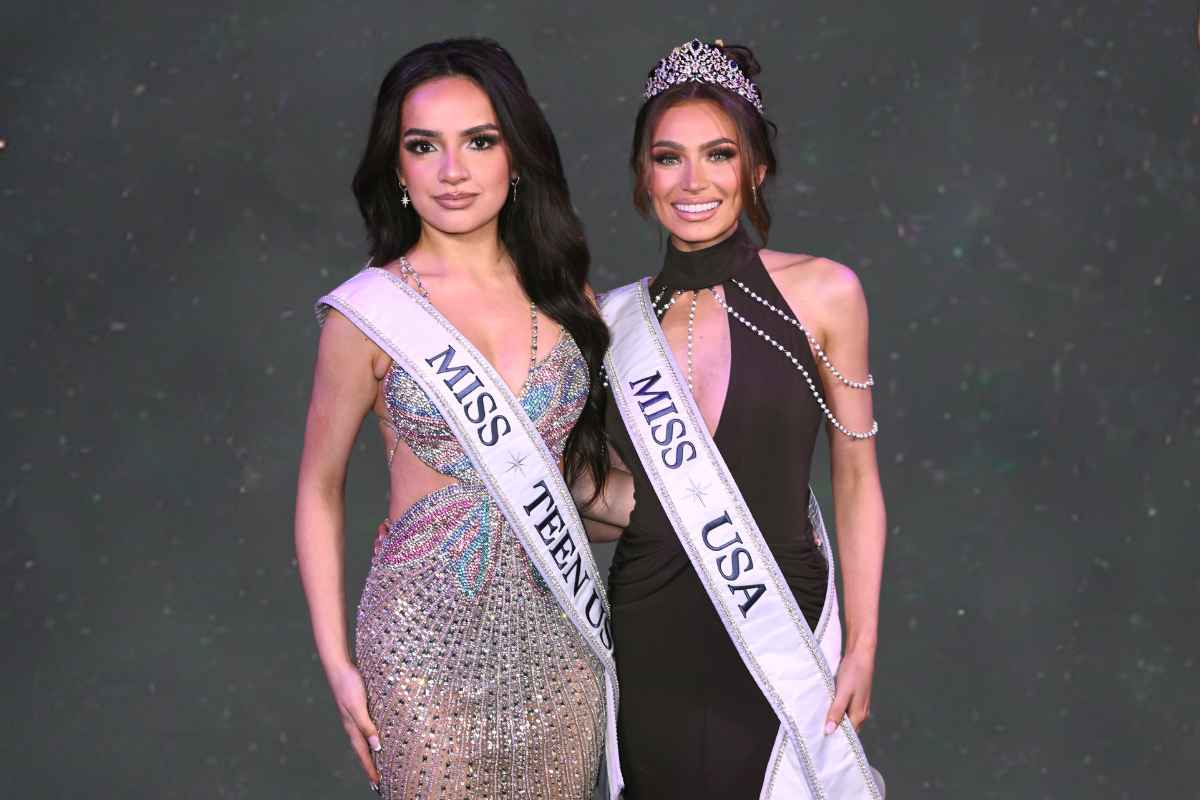Here are some factoids to take to the "Jeopardy" audition: Over the past two generations, the number of left-handed Americans has nearly doubled. Between 2004 and 2005, the purchase of fashion yarn increased 56 percent. The fastest growing group of knitters are teens and twentysomethings. The fastest growing group of videogamers? Moms over the age of 45. People making more than $75,000 a year are much more likely to be among the 30 million Americans with tattoos than members of lower-income groups. Of young Californians surveyed last year, 1 percent aspire to become military snipers. Only 77 of Harvard's 6,700 undergraduates are majoring in math. At Yale, that number is 38 out of 5,300.
These seemingly random bits of trivia of American life are the stuff of "Microtrends," a new book by pollster Mark Penn, which, he says, reveal the often baffling "under the radar" shifts that are reshaping American society—from one based on group identity and forces of circumstance such as race, religion and education to one based on personal choice. By the time a mere 3 million Americans have caught on to a trend, Penn writes, "it is ready to spawn a hit movie, best-selling book or new political movement." These microtrends, which Penn defines as behaviors affecting 1 percent of the population, are, in effect, demographic tea leaves. Whoever correctly reads them—whether a soft-drink marketer or a presidential candidate—will be, as Penn knows, well rewarded. The pollster, who claims to have identified "soccer moms" as the key demographic in Bill Clinton's 1996 landslide is now a strategist for Sen. Hillary Clinton but spent most of his lucrative career advising corporations, where for decades he filed away the arcana that became the book.
Penn's microtrends contain clues to a society undergoing powerful, and often contradictory changes. Consider left-handedness. Two generations ago, only 8 percent of Americans were left-handed. Today, that figure has doubled. Absent some genetic mutation, the southpaw boom is better explained by social factors. While nuns once rapped the knuckles of deviant lefties, today's teachers—and parents—are far more likely to allow a child to express his or her own orientation for handedness. The result, writes Penn, is a more permissive culture. "A society that tolerates people working with different hands is also likely to tolerate a lot of other freedoms." While a slight majority of Americans still oppose gay marriage, a whopping 88 percent believe gays should have equal rights in the workplace.
The subgroup Penn dubs "the uptown tattooed" attests to the same phenomenon. No longer the mark of sailors and ex-cons, one in three Americans between the ages of 25-29 now sports body ink. (A trend, no doubt, behind the Army's decision last year to relax its policy against tattoos visible beyond a soldier's uniform.) Most striking, though, is the percentage of high-earners (22 percent of the tattooed population) who might have a rose or a tiger on their well-paid behinds. The microsurge in knitting among teens? It represents a turning away from the prevalent online obsession of most young Americans. "People are looking for new outlets of self-expression," says Penn. "There is a premium on individuality that is rapidly rising."
What could it mean for the herd of presidential candidates hoping to win over affluent, tattooed, left-handed knitters? Penn's first rule is to forget about the "impressionable elites," the know-it-all journalists, professors and think-tankers who are obsessed with "likeability" and whose concerns seldom mirror those of the public. His advice: pay attention to "jug heads," not "eggheads." While campaign substance used to be driven by elites, now, says Penn, it comes from "bottom up." As proof, Penn cites the fact that voters earning more than $100,000 say that a candidate's "character" is the most important factor and that mainstream media obsess over candidates' personalities, wardrobes and marriages. (An ABC News poll last week found that Hillary Clinton was the candidate voters would most like to take a cross-country drive with—presumably she'd carry Handi Wipes and know all about the national monuments.) But those earning less than $50,000 a year determine who gets their vote based on a candidate's "stand on the issues." These voters, says Penn, "know what it feels like to be without health insurance or a job."
Without understanding microtrends, which are often paradoxical, it's hard to figure out how to talk to voters (or consumers.) Scold drivers who contribute to global warming and lose the "extreme commuters," the 3.4 million Americans who drive 90 minutes a day to work each way, because they can't afford to live where their jobs are. The countervailing microtrend: the surging number of second-home owners whose average income is only $71,000 a year. Woe unto the pol who proposes eliminating the mortgage tax deduction for second-homeowners, thinking the middle class will roar its approval. There are 16 million Hispanic voters in America, only half of whom voted in the last presidential election. This time around, Penn predicts, "offended Latinos," put off by last year's immigration debate, will turn out in larger numbers. Some microtrends are worthy of a stump speech. The shocking lack of undergraduate math majors? Evidence of a potentially fatal competitive gap between the United States and math-literate global players like China and India. (Though perhaps if Penn had looked at MIT and UC-Berkeley instead of arts-heavy Harvard and Yale, the numbers would not have been so disheartening.)
Of the 75 microtrends cataloged in his book, Penn admits none caught his attention more than the bizarre fact churned up by a Miami polling firm last December, which found that 1 percent of Californians between the ages of 16 and 22, asked what they expected to be doing in 10 years, volunteered that they hoped to be military snipers. A sign of a generation desensitized to life and addled by videogames? Not to worry, says Penn. Aspiring snipers are evidence of a patriotic generation, who see sniping—a profession requiring reserve and cool in a war without front lines—as the new "Top Gun" military profession.
Penn insists that "Microtrends" is not a political book—and no doubt marketing executives and "Tipping Point" devotees will find plenty to chew on here. But given Penn's affiliation with the Clintons—and the mantra-like repetition of the word "tolerance" as a key to understanding an increasingly "disaggregated" America, it's hard to find good news here for any candidate who does not share his outlook. He insists he has been meaning to write the book for years, though conveniently, it is being published just five months before the first primaries. Democracies of the future, writes Penn, "may find it harder to maintain stable coalitions and will find that issue and lifestyle coalitions (i.e. antiwar activists or single moms) will more likely replace the identity politics of the past." If your favorite candidate is suddenly pitching tax credits for math majors or new safety standards for tattoo parlors, it's a safe bet they've been thumbing through "Microtrends."
Uncommon Knowledge
Newsweek is committed to challenging conventional wisdom and finding connections in the search for common ground.
Newsweek is committed to challenging conventional wisdom and finding connections in the search for common ground.
About the writer
To read how Newsweek uses AI as a newsroom tool, Click here.





